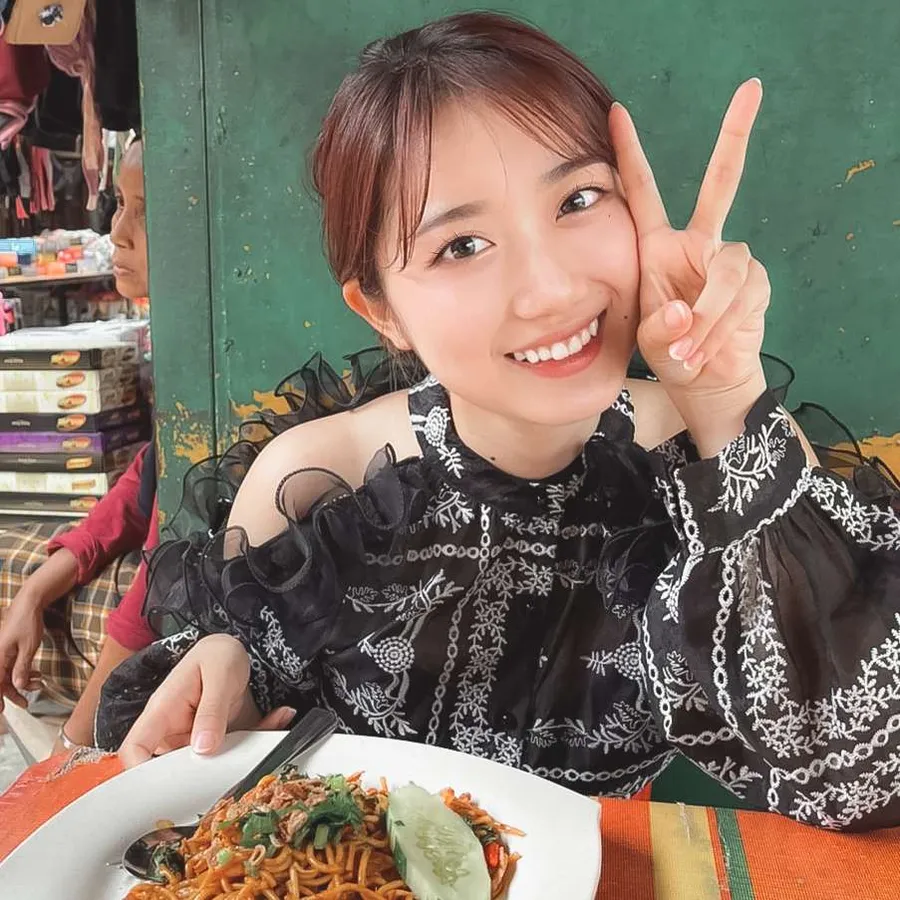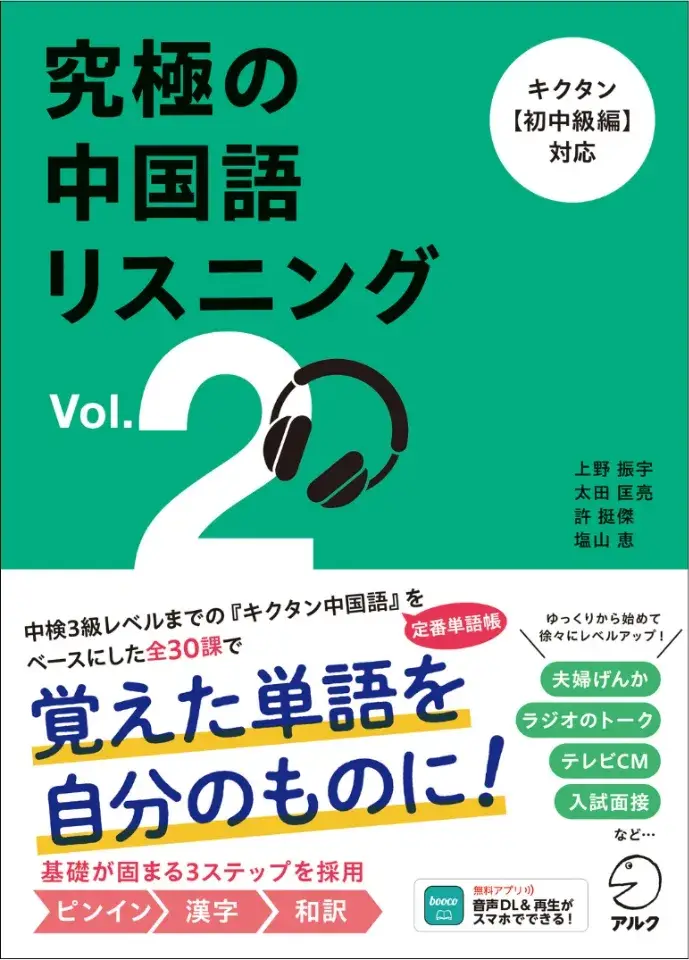
Japan’s train system is famous for being fast, convenient and sometimes ... overwhelming! But don’t worry — with just a few key phrases, you can navigate stations, buy tickets and ride with confidence. In this guide, you’ll learn useful Japanese expressions for three stages of train travel: before boarding, while on board and after getting off.
How to Use Japanese Phrases on Trains
Japan’s busy train system can feel overwhelming, so it helps to remember a few phrases for three key moments: before boarding, during the ride and after getting off. These will make navigating stations and trains much easier.
This article is based on a video by Fun Fun Nihongo, our Japanese learning content series.
Before Getting On a Train (乗車前 Jōshamae)
新宿に行きたいです。
- Shinjuku ni ikitai desu.
I want to go to Shinjuku.
Say this to a station staff member, and they’ll usually point you to the ticket machine or counter.
この電車は新宿に行きますか?
- Kono densha wa Shinjuku ni ikimasu ka?
Does this train go to Shinjuku?
This phrase works if you just replace Shinjuku with another place.
切符を買いたいです。
- Kippu o kaitai desu.
I want to buy a ticket.
Say this to a station staff member or even a friend, and they’ll usually point you to the ticket machine or counter.
切符売り場はどこですか?
- Kippu uriba wa doko desu ka?
Where is the ticket vending machine?
This is another way to express the same need, focusing more specifically on the location of the ticket machine.
いくらですか?
- Ikura desu ka?
How much is the fare?
This is the simplest way to ask about the price. You can also include a station name to make your question clearer, such as “渋谷まではいくらですか?” (Shibuya made wa ikura desu ka?), which means “How much is the fare to Shibuya?”
While on a Train (乗車中 Jōshachū)
この電車は渋谷駅に止まりますか?
- Kono densha wa Shibuya eki ni tomarimasu ka?
Does this train stop at Shibuya Station?
You can use it to ask about intermediate stops. For example, you might say “この電車は自由が丘に止まりますか?” (Kono densha wa Jiyūgaoka ni tomarimasu ka?), which means “Does this train stop at Jiyūgaoka?”
ここは空いてますか?
- Koko wa aitemasu ka?
Is this seat available?
Useful when you’re not sure if a seat is really free, especially on a crowded train.
電車が遅れていますか?
- Densha ga okurete imasu ka?
Is the train delayed?
Very useful during rush hour or when you need to make a connection. If you learn that the train is delayed, you can follow up by asking “すぐに動きますか?” (Sugu ni ugokimasu ka?), which means “Will it start moving soon?”, or “ほかの線に乗ったほうがいいですか?” (Hoka no sen ni notta hō ga ii desu ka?), which means “Should I take another line?”
すみません、降ります。
- Sumimasen, orimasu.
Excuse me, I need to get off.
On a train, just saying sumimasen politely is often enough to ask people to make way so you can reach the door.
After Getting Off a Train (降車後 Kōshago)
西口出口はどこですか?
- Nishiguchi wa doko desu ka?
Where is the West Exit?
Many big stations have several exits, such as “北口” (Kita-guchi, North Exit), “南口” (Minami-guchi, South Exit), “東口” (Higashi-guchi, East Exit) and “西口” (Nishi-guchi, West Exit). Knowing how to ask for these specific exits makes it much easier to find the right direction.
タクシー乗り場はどこですか?
- Takushī noriba wa doko desu ka?
Where is the taxi stand?
After leaving the station, just replace takushī noriba with other places you want to go, such as “バス乗り場” (basu noriba, bus terminal) or “案内所” (annai-jo, information desk).
Quick Tip
Japanese trains are famous for being on time, but another surprise for visitors is how complex the stations can be. A place like Shinjuku has so many exits, and transferring between lines can sometimes feel longer than the train ride itself. Don’t be shy about asking staff for directions — even locals get lost sometimes!
Follow Us on Social Media
Want more fun Japanese learning content? We post weekly videos, quizzes and cultural tips across multiple platforms!
Instagram – @nihongo_now_alc
Threads – @nihongo_now_alc
TikTok – @nihongo_now_alc
YouTube – NihonGO NOW!






